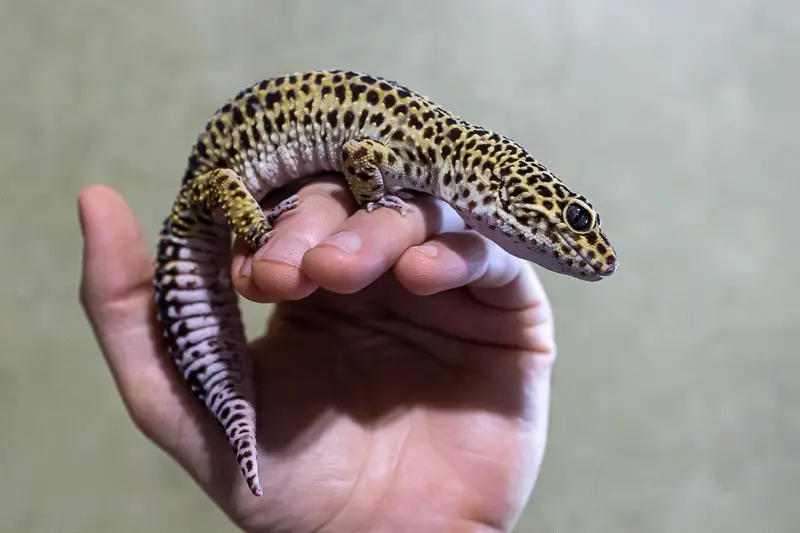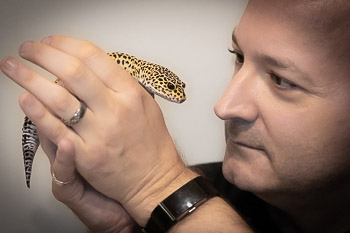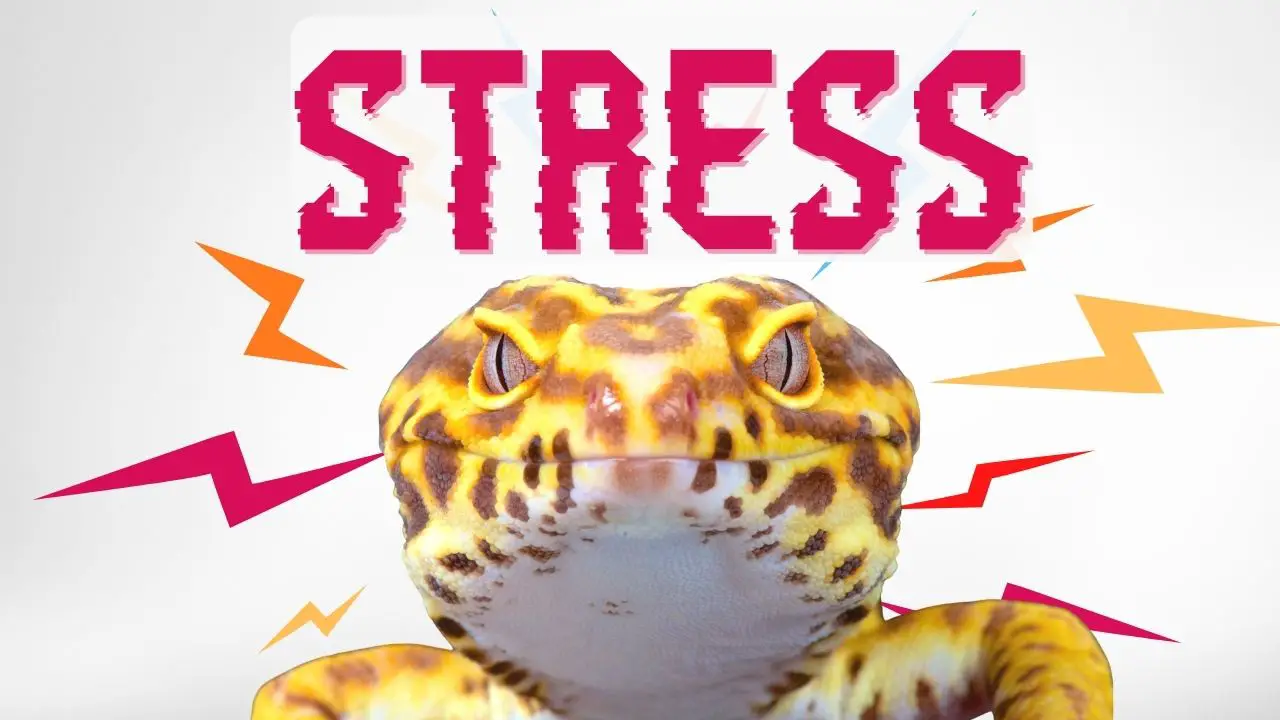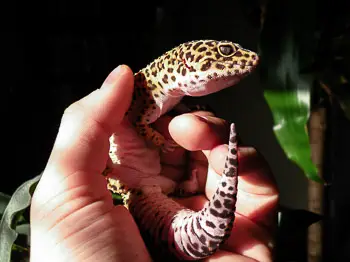If you’re a proud new leopard gecko owner or considering one as a pet, you may have wondered, “How can I safely handle my leopard gecko?” or “How do I tame a leopard gecko?” We have a few simple leopard gecko handling tips to help you tame your gecko so you and your new reptile pal bond and become friends.
DO Start Leopard Gecko Handling Early
If you have the opportunity, buy your leopard gecko when it is young. Young geckos are fragile and require a delicate touch. Leopard geckos that become used to handling at an early age usually are more docile and calm as they grow. Not only will form an early bond with your gecko, you’ll have a better understanding of your pet’s history, and you can ensure it gets great care from an early age.

DO Be Patient
You’ll need to give your gecko some time to adjust to its new habitat when you first bring it home. Don’t be surprised (or hurt) if your new pet likes to hide at first.
Don’t force the issue if it is a bit standoffish for a few days. This will compound the issue by making your gecko fearful and stressed. It just needs time to adapt.
Leopard geckos are more active at night, so it’s best not to disturb them during the day. If your gecko becomes stressed or hides, it may take some time to adjust to its new home. Respect this and give it some time to adapt. Be present, but not overbearing.
It is normal for a gecko to refuse food while it is adjusting to new circumstances. (Click through the link to find out how to get your gecko used to its new home.) Don’t be alarmed if your gecko skips a few meals or does not eat for a few days. If a few days becomes a few weeks, you may consider consulting a vet.
DO Let your Leopard Gecko get used to you
You are much bigger than your gecko and, initially, it may see you as a predator; especially if you move towards it too fast. Most leopard gecko predators will attack from above, so you may find success getting your hand in low and approaching from a position your gecko can see your hand.
Put your hand on the floor of the enclosure and let your gecko explore. Bonus points if your hands are warm. Rest your hand in the tank like this on a daily basis for a few minutes at a time. After your gecko learns your hand is not a threat or danger, it will become more relaxed. Don’t be alarmed if your leopard gecko licks you, (and it probably will) and don’t pull away. This is how they sense and measure their world.
After your gecko is comfortable enough to climb on your hand (no harm slowly sliding your hand under its chin for a little encouragement) you can easily lift your hand up and hold your gecko.
DO Be calm, carry on
If you are nervous and jittery about handling your gecko, it will sense your unease. If you rush in quickly and try to pick it up, it will feel threatened. If you are relentless and corner it, it will be fearful and defensive.
Instead, if you are calm and confident, your gecko can sense this and follow your lead.
DO pick your Leopard Gecko up properly
It’s usually best to let the gecko climb onto your hand. After the gecko settles onto your hand, you can slowly lift your hand (along with the gecko) out of the tank.
If you must pick your gecko up, be sure to support its whole body. Use as loose of a grip as you can while still keeping it from getting loose or falling.
A good bonding exercise is to sit on the floor with your gecko in one hand, and slowly slide your other hand underneath its chin. Let your gecko climb up onto the other hand. After your gecko has settled, repeat these motions and let it climb.
You can get used to what your gecko’s claws feel like on your skin, and it can learn to trust you. Sit on the floor or sit at a table hold your hands a few inches over the surface. The idea here is to protect your pet against falling. If your leopard gecko drops, you want to minimize the distance your pet would fall to the floor or the table, as they are not the best climbers.
Read our post on how to pick up your gecko.
DON’T Mess with the Tail
Never pick up or grab your leopard gecko by the tail. In general, this is great advice for most pets. When threatened, leopard geckos can choose to drop their tails to help evade danger. The tail will grow back and may take several months to do so. A regrown tail is not the same, and usually not as long or strait as the original tail.
Most important above all handling tips, be mindful of your leopard gecko’s tail. Learn more about your leopard gecko’s tail and what happens if it drops here.
Related Post: Learn how to bond with your leopard gecko.





